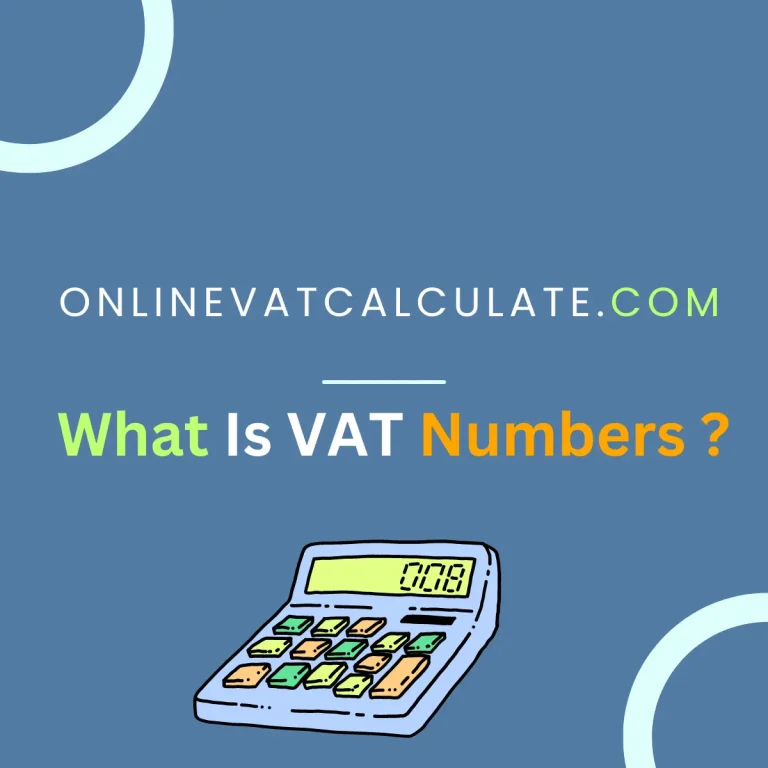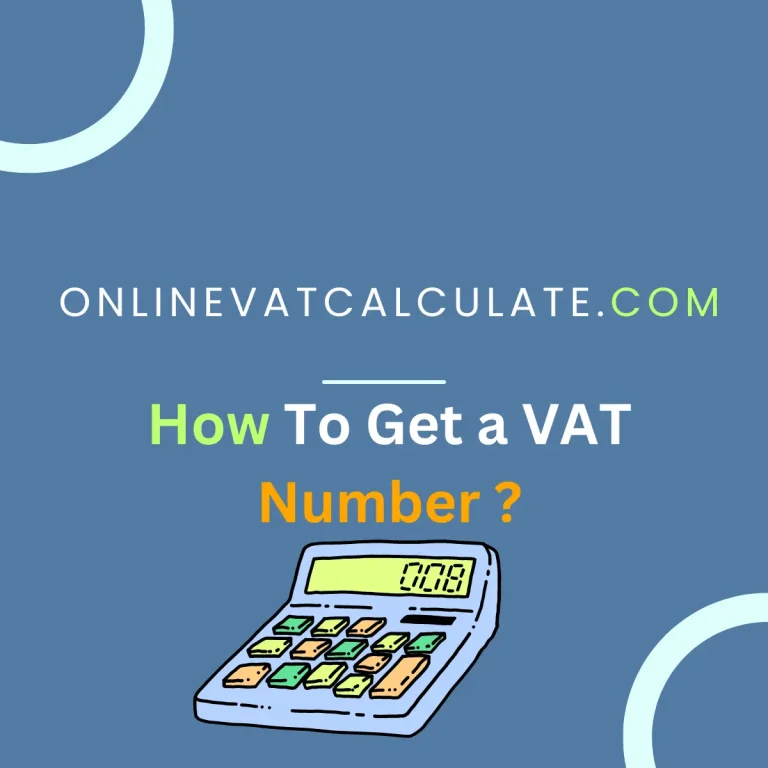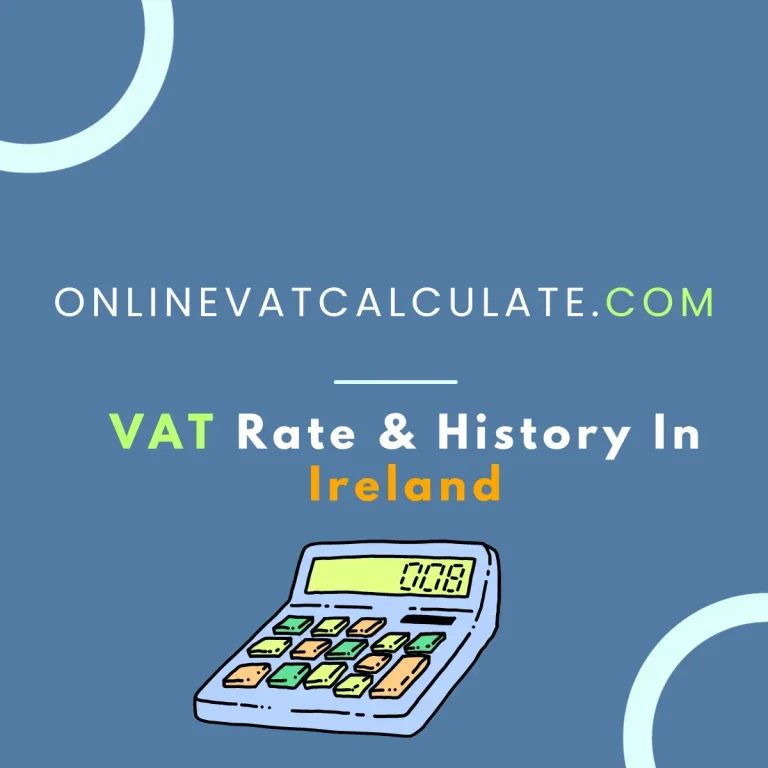VAT In South Africa
Value-added tax (VAT) is a consumption tax that is applied to most goods and services sold in South Africa. The current VAT rate is 15%.There’s no VAT reduced rate established. VAT is collected by the South African Revenue Service (SARS) and is used to fund government programs and services.
There are a few exceptions to the VAT regime.
- Basic Food Items
- Education
- Medical Care
- Exports
VAT is calculated on the value of the goods or services sold, excluding any VAT that has already been paid on the inputs. For example, if a company buys raw materials for R100 and then sells the finished product for R200, the VAT liability would be R30 (15% of R200).VAT is a major source of revenue for the South African government. In 2022, VAT revenue accounted for over 25% of total government revenue.

Example Of How VAT Is Applied In South Africa?
- If you buy a new car for R200,000, you will pay R30,000 in VAT.
- If you go to a restaurant and spend R100 on a meal, you will pay R15 in VAT.
- If you buy a book for R50, you will not pay any VAT, as books are exempt from VAT.
- If you export a product from South Africa, you will not pay any VAT, as exports are exempt from VAT.
Introduction Of VAT In South Africa
Value-added tax (VAT) was introduced in South Africa in 1991 as part of the government’s efforts to reform the tax system. VAT is a consumption tax that is applied to most goods and services sold in South Africa. The current VAT rate is 15%.The introduction of VAT was controversial at the time, with some businesses and consumers arguing that it would be a burden on the economy. However, the government argued that VAT was necessary to raise revenue and reduce the reliance on income tax. VAT has been a success in South Africa. It has raised billions of funds in revenue for the government, and it has helped to simplify the tax system. VAT has also been credited with contributing to economic growth.
Here is a brief history of VAT in South Africa:
- 1991: VAT is introduced in South Africa at a rate of 10%.
- 1993: VAT is increased to 12%.
- 1994: VAT is increased to 14%.
- 1996: VAT is increased to 15%, where it remains today.
Over the years, there have been a number of changes to the VAT regime in South Africa. For example, in 2001, a number of goods and services were exempted from VAT, such as basic food items and education. In 2010, the government introduced a zero-rating scheme for exports.
The VAT regime in South Africa is constantly evolving, as the government seeks to balance the need to raise revenue with the need to minimize the burden on businesses and consumers.



